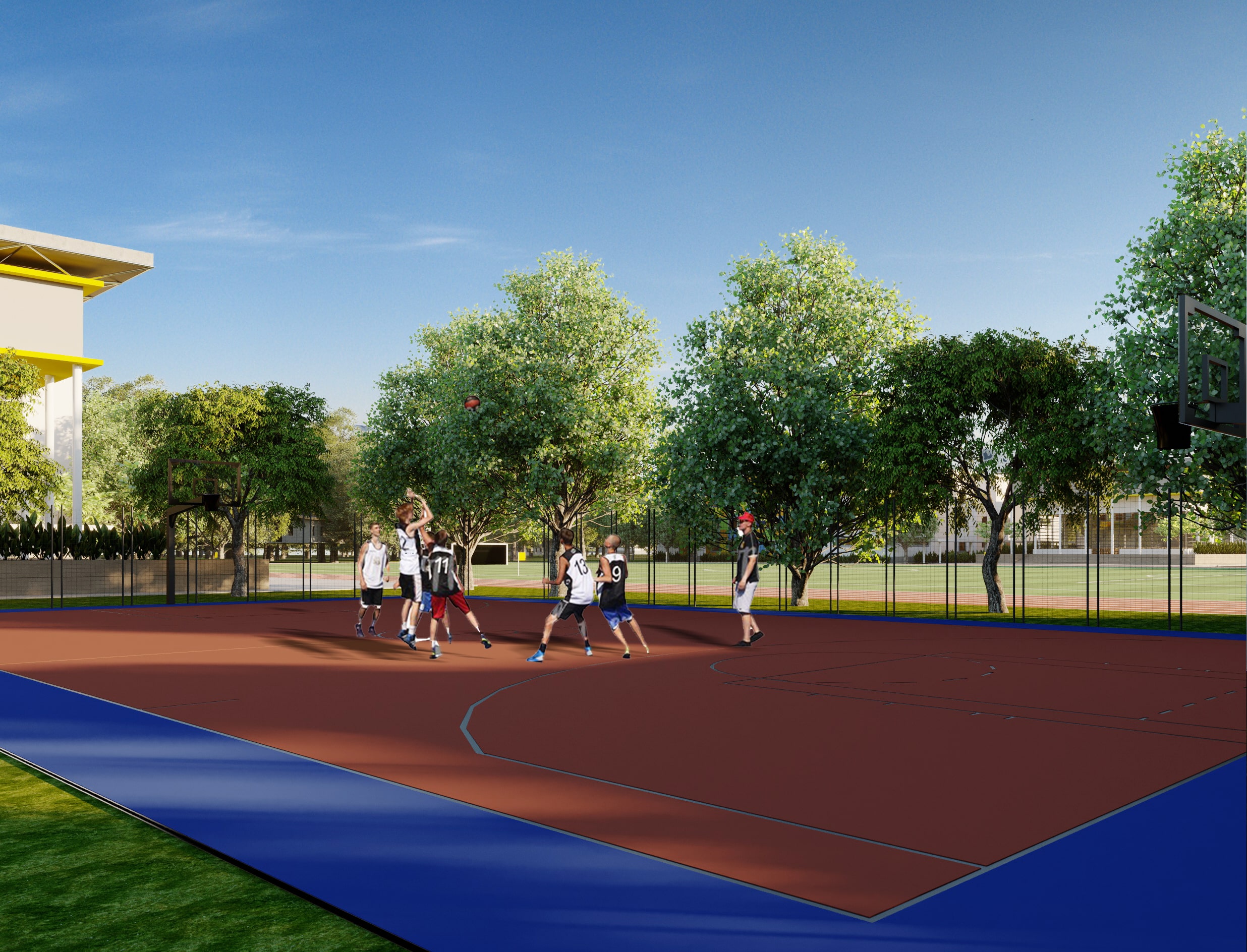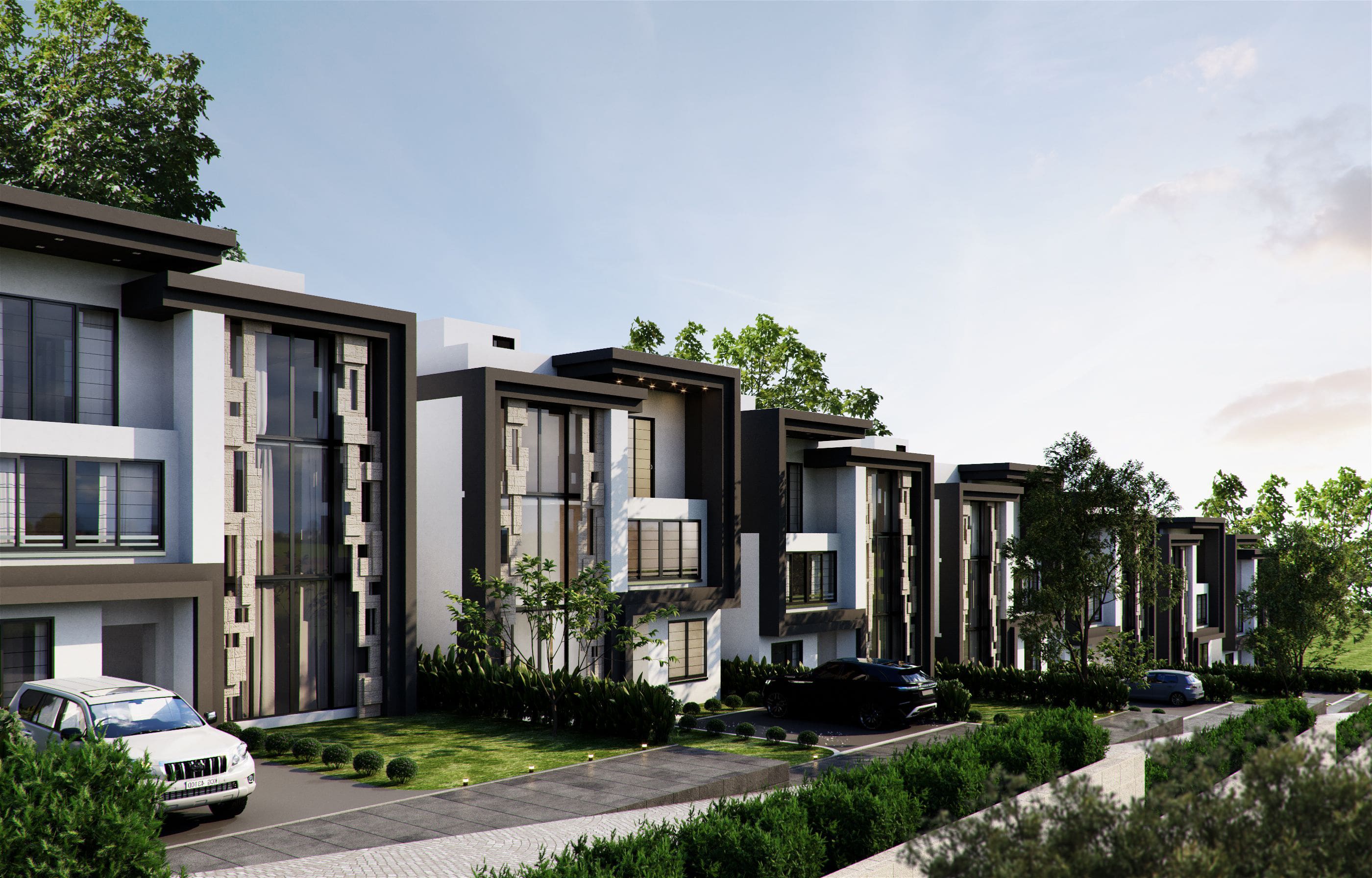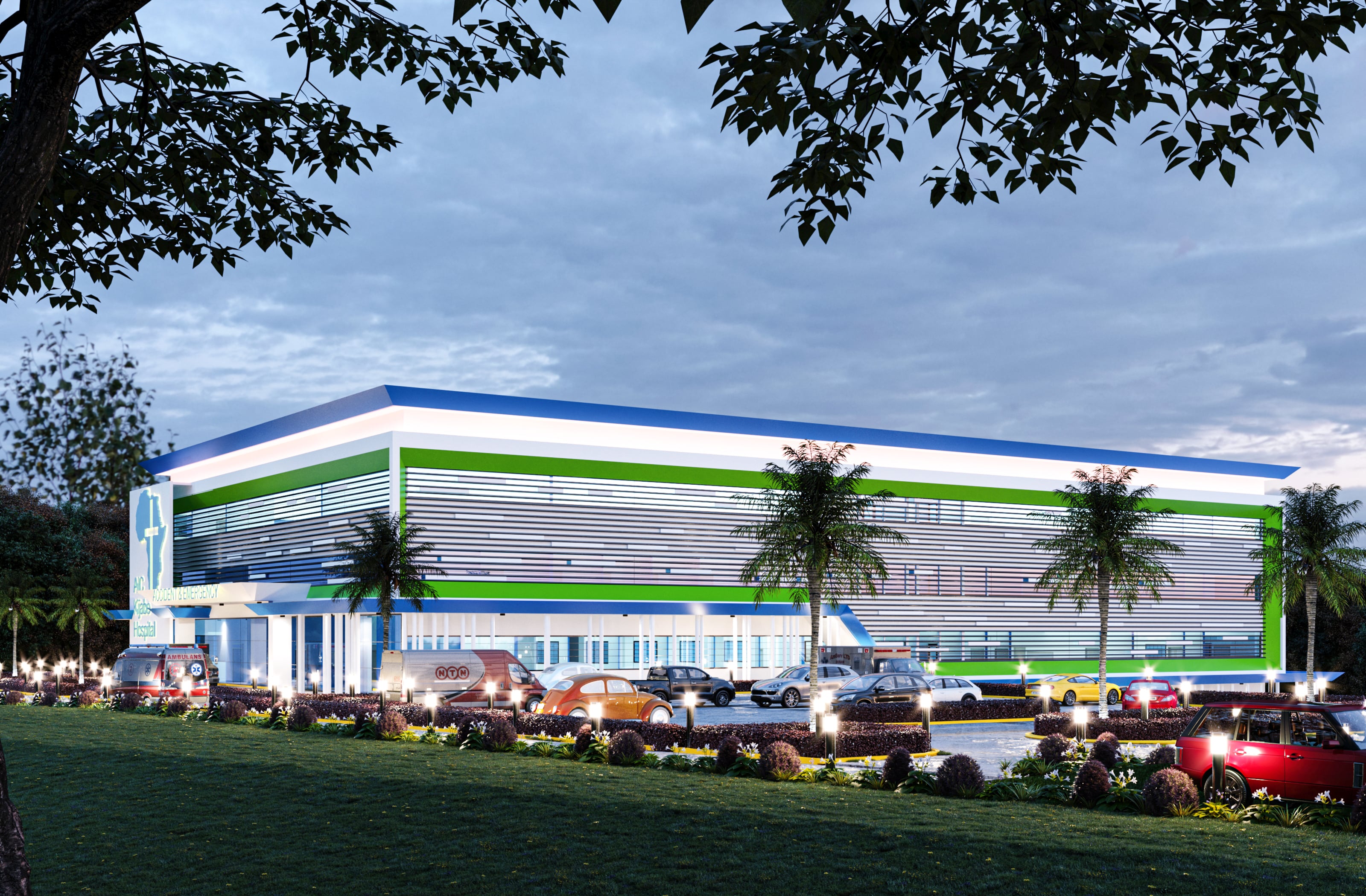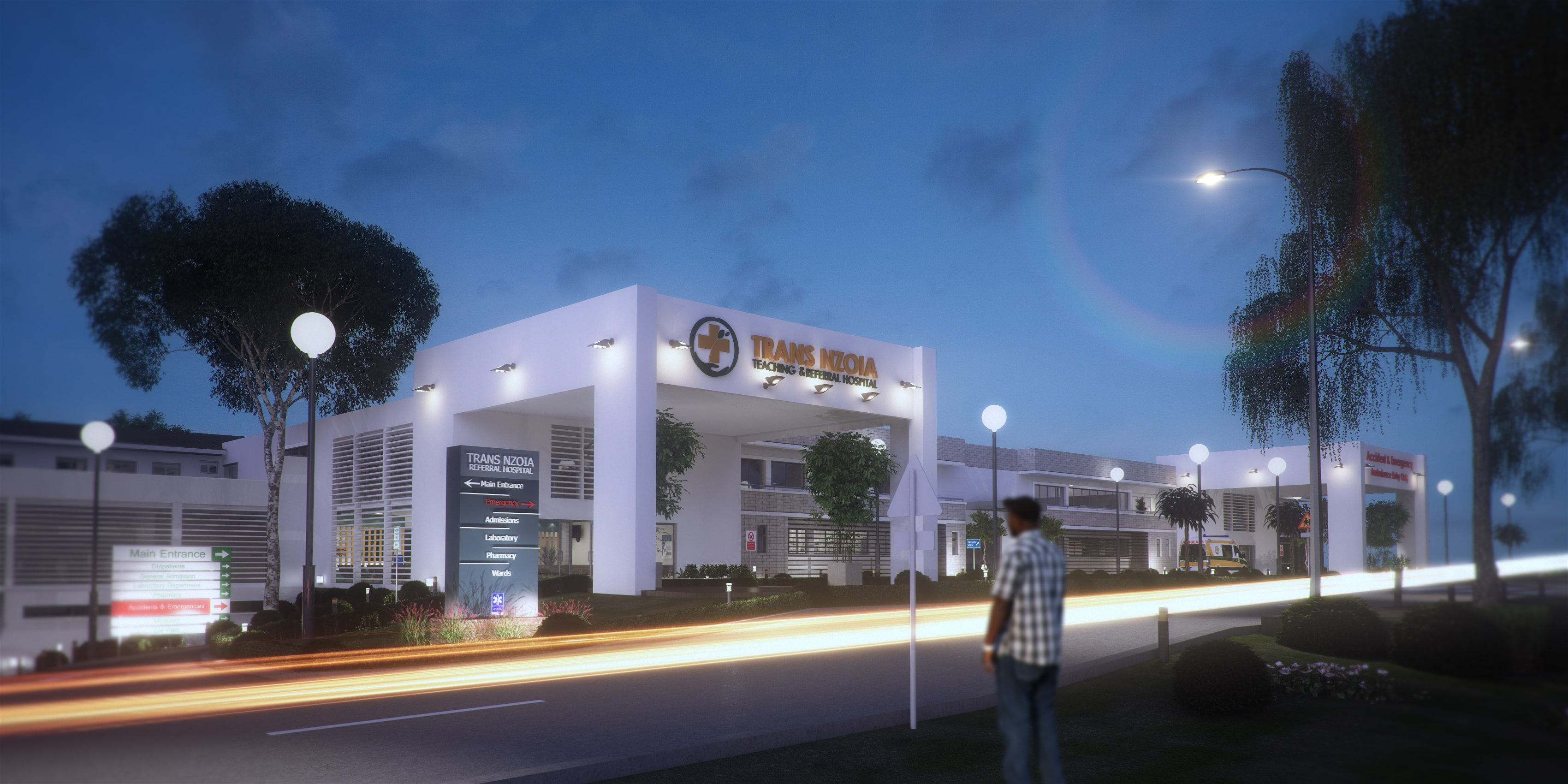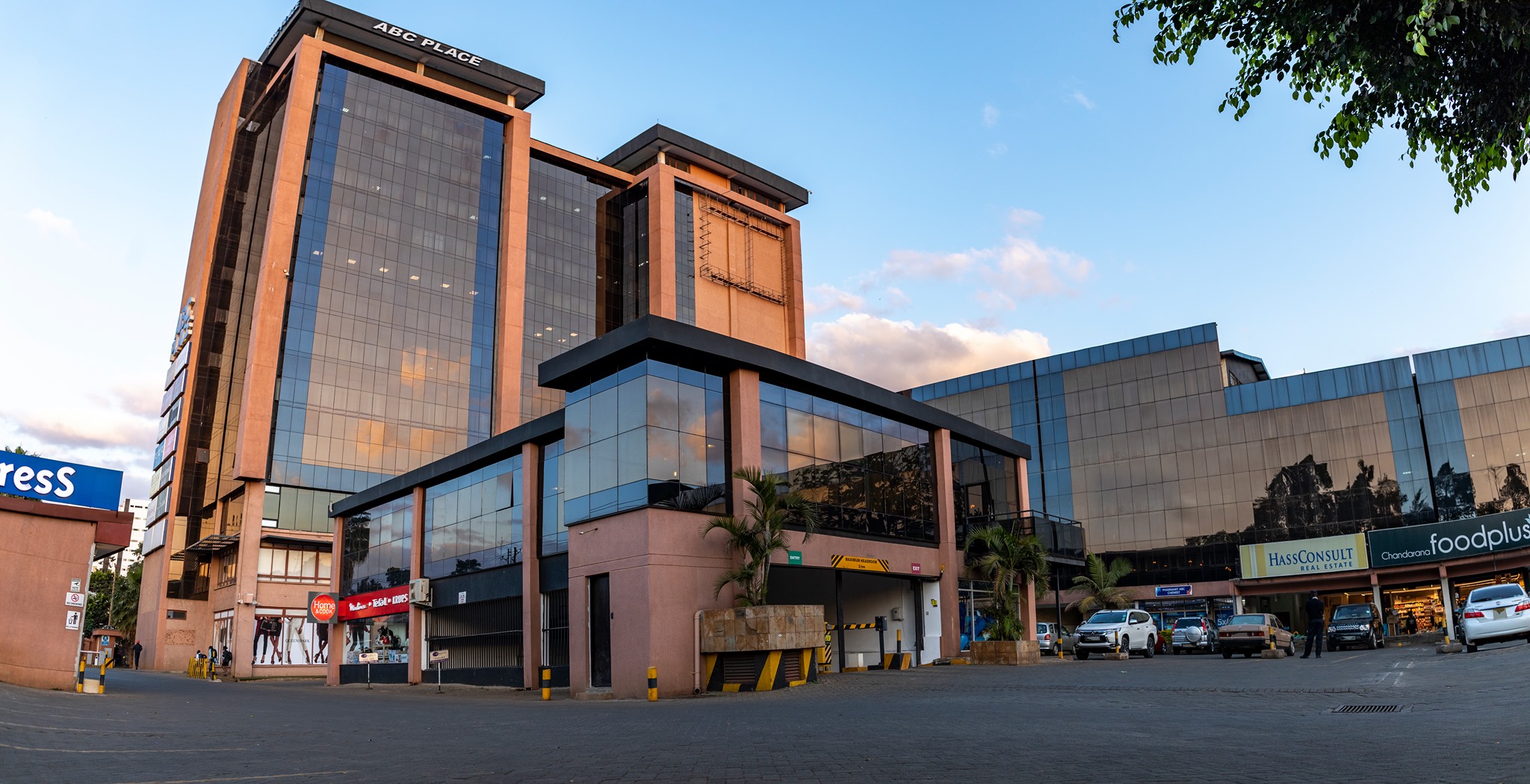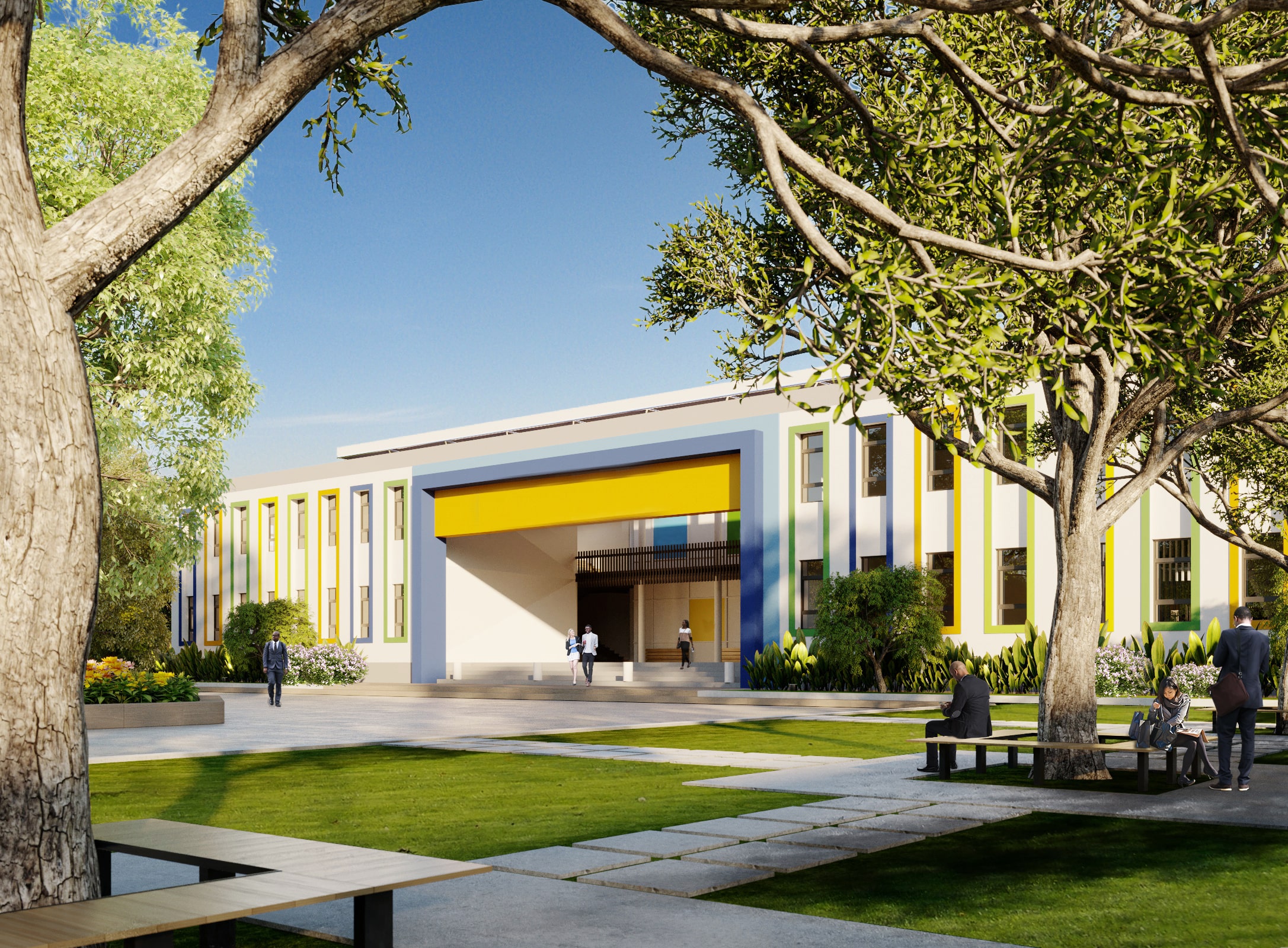
Nova Pioneer Schools
Nova Pioneer Education Group is a Pan-African independent school network providing world-class education that develops critical thinking, creativity and technology skills in addition to exceptional academic results at a cost that is affordable to the emerging middle class. The client’s interest was to develop two boarding secondary schools on the 20-acre site which would include classrooms, dormitories, auditoriums, staff residences, operations facilities (e.g. kitchen, maintenance workshop), and sports facilities. Each school would have up to 816 students each at full capacity, for a total of 1632 students on site once both schools reach full capacity.
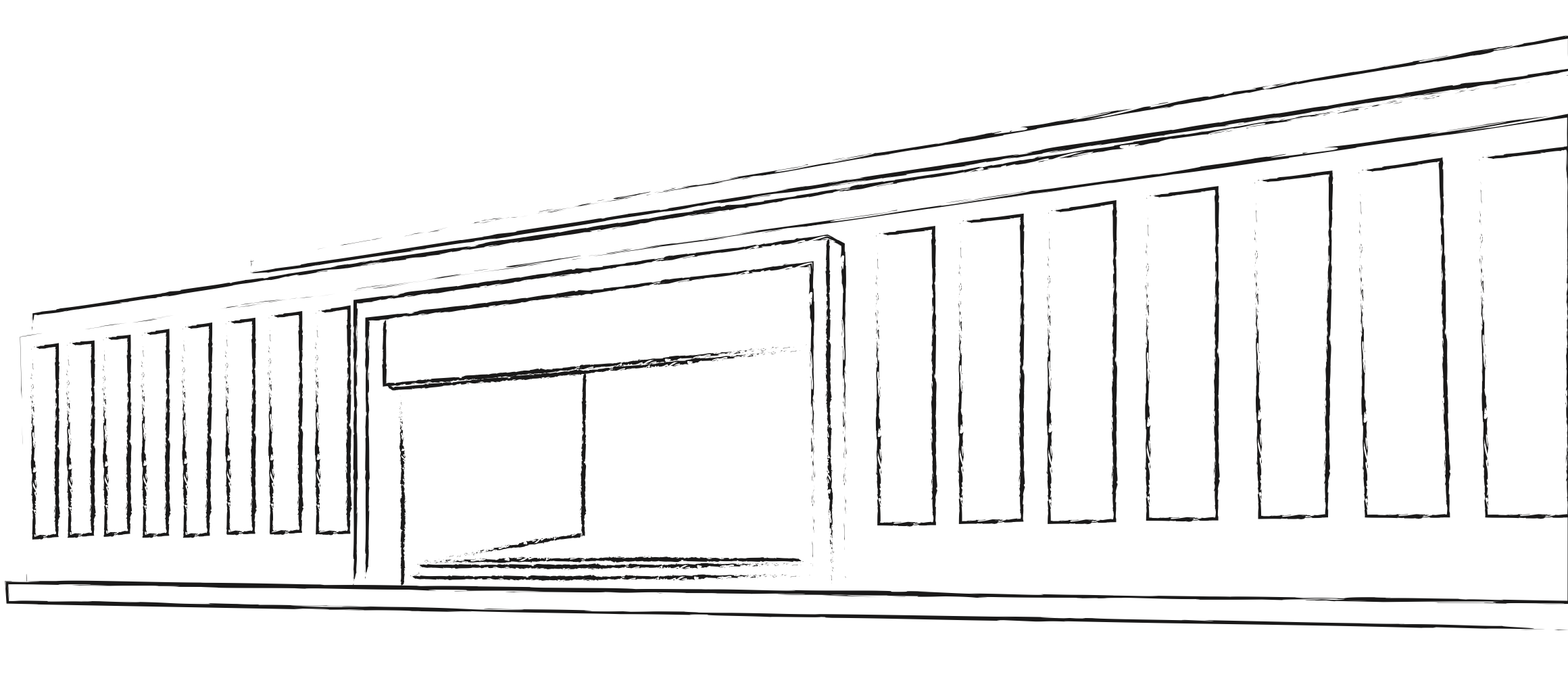

Similar to the Nova Pioneer campus at Tatu city, the two schools would be on the same 20-acre plot, but designed so that they are two separate schools, with some shared facilities.
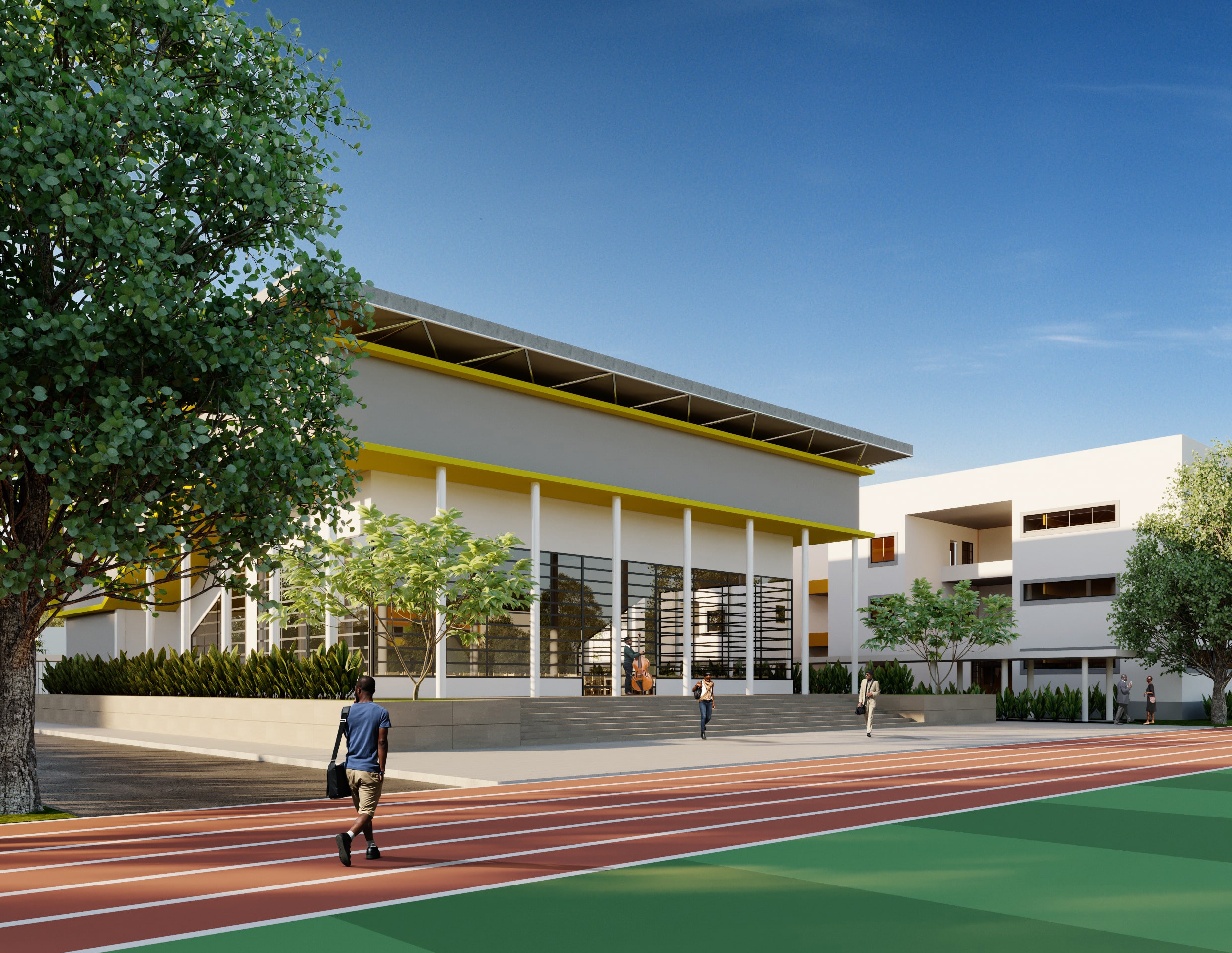
Time spent during transition is a noticeable burden on Nova Pioneer’s educational product. Therefore, as much as possible, the following core areas of activity had to be located as close as possible to each other; classrooms and the auditorium, fields and the dorms, auditorium and the dorms. With this in mind, the highest priority was to keep the classroom and dining hall close, followed by reducing the distance between the fields and dorms, and lastly, between the dining hall and the dorms..
Nova Pioneer Education Group is a Pan-African independent school network providing world-class education that develops critical thinking, creativity and technology skills in addition to exceptional academic results at a cost that is affordable to the emerging middle class. The client’s interest was to develop two boarding secondary schools on the 20-acre site which would include classrooms, dormitories, auditoriums, staff residences, operations facilities (e.g. kitchen, maintenance workshop), and sports facilities. Each school would have up to 816 students each at full capacity, for a total of 1632 students on site once both schools reach full capacity.
